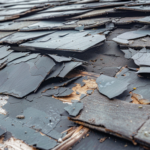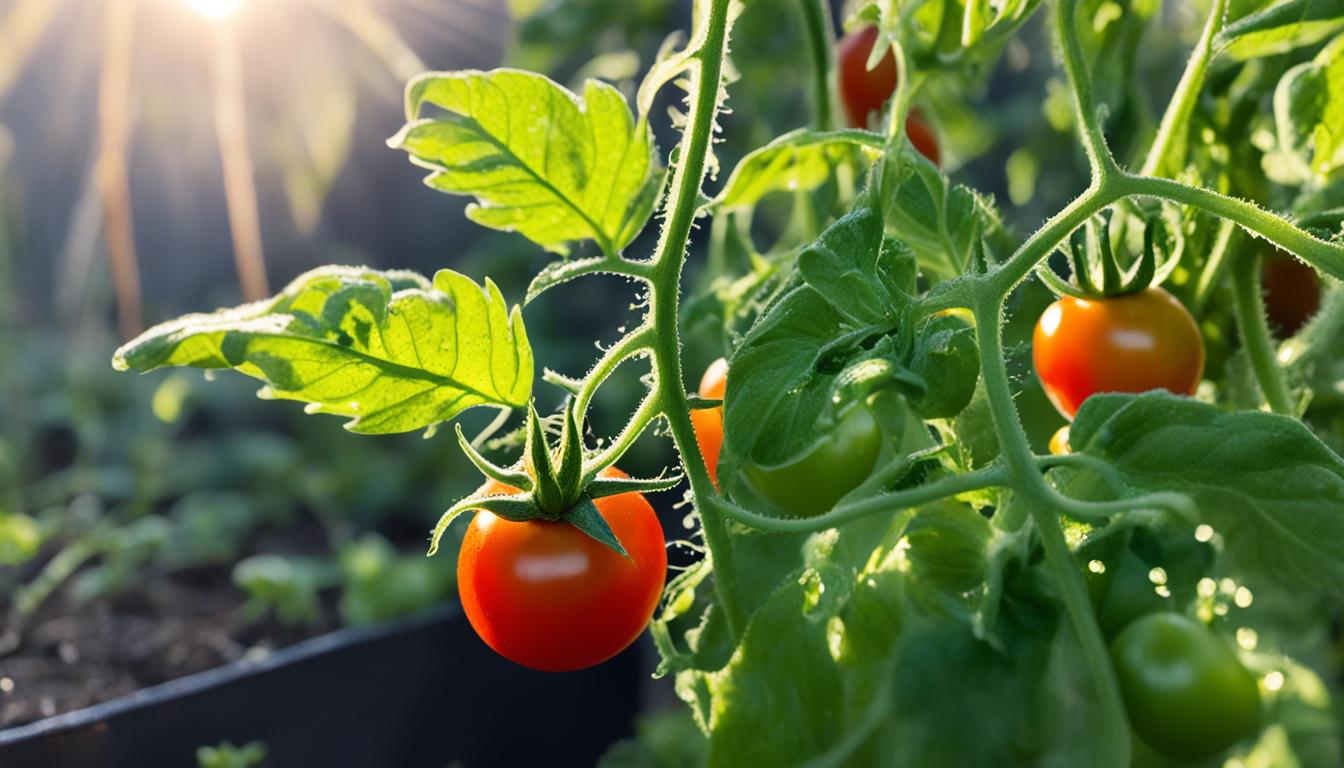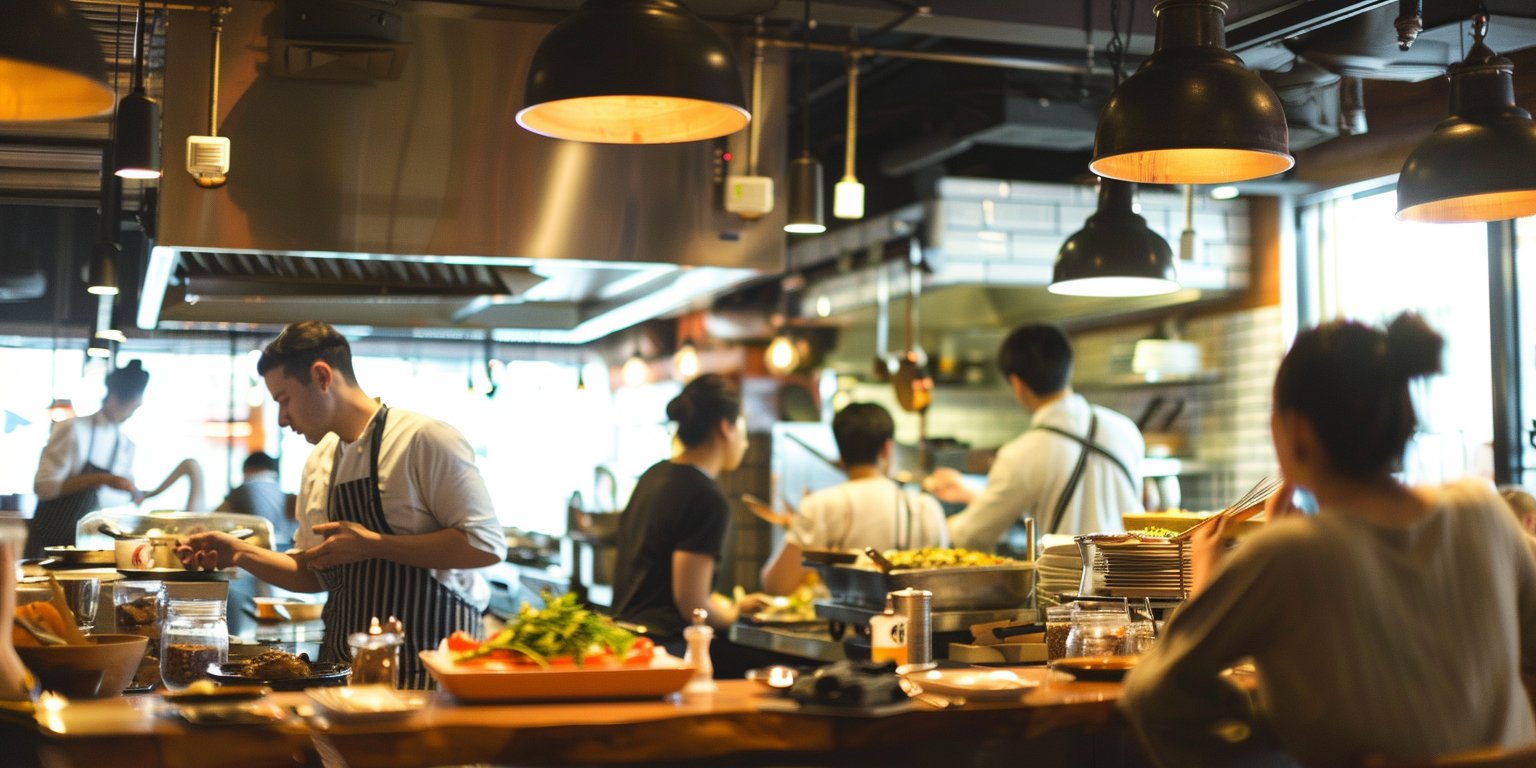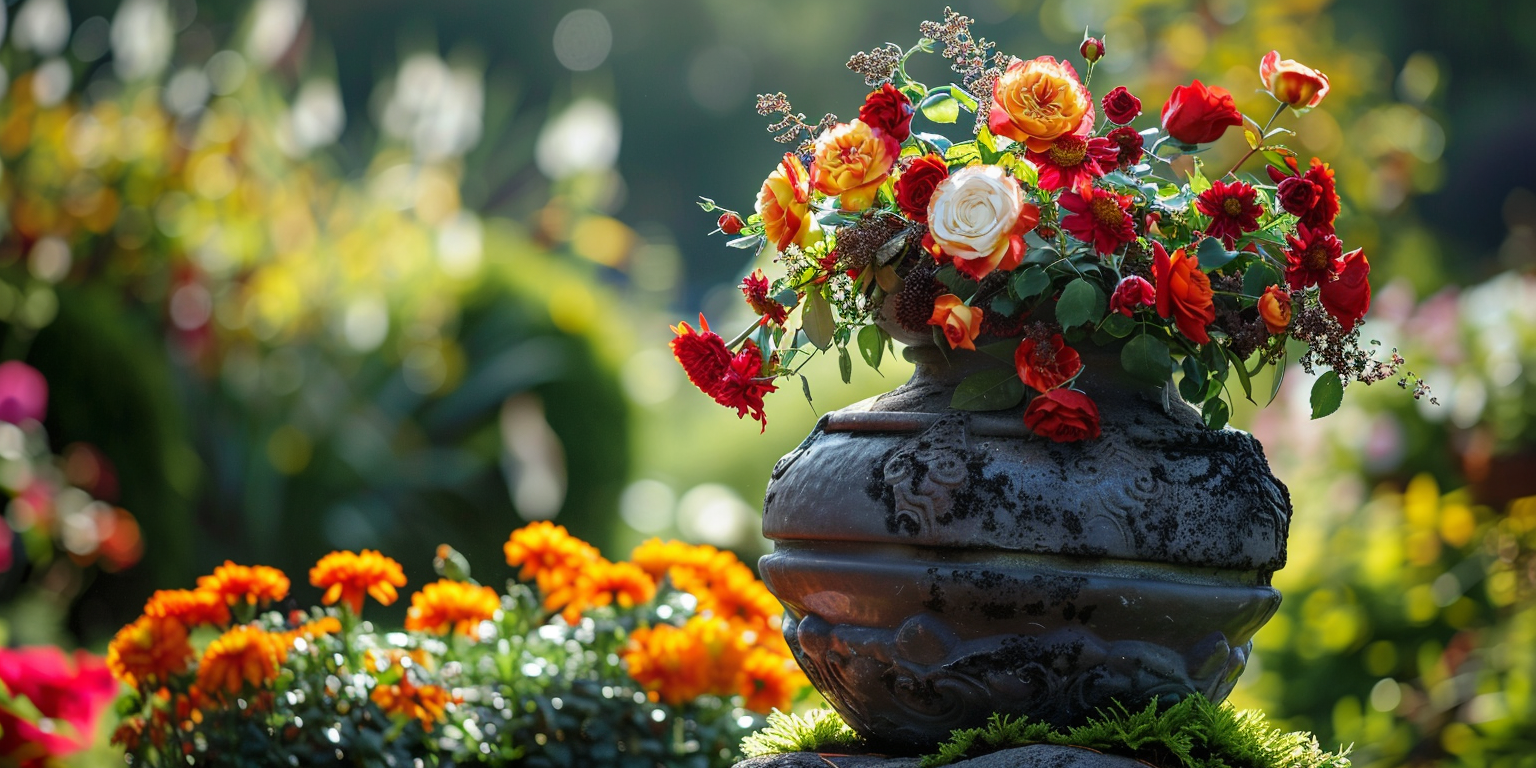Taking on a kitchen redo is an exciting venture. Painting your kitchen can give it a whole new look and feel, with out the expense of remodeling. But there are some things that you need to keep in mind in order to make sure your painting project goes smoothly.
1. Prep Work
Before you start painting, it’s important to do some preparation so that the final result is smooth and even. This includes cleaning the walls thoroughly of any dirt or grease, filling in holes and cracks with spackling compound, sanding down rough spots, taping off windows and trim, and laying down drop cloths.
2. Paint Quality
Purchase high-quality paint that is specifically designed for kitchens and bathrooms, as these areas are exposed to humidity and other moisture which can cause standard wall paints to peel or blister over time. Also consider stain-resistant, washable paints that can withstand repeated cleanings without losing their original color or sheen. Professional consults can give you paint recommendations that will be of the best quality.
3. Paint Technique
When painting, it’s essential to use the proper technique and tools in order to achieve an even finish. Start by cutting in around trim, windows and doorways before covering the walls with a roller in “W” or “N” pattern to get an even coverage. For optimal results, use multiple thin layers of paint rather than a single thick one.
4. Ventilation
Proper ventilation is key when painting your kitchen, as many paints contain volatile organic compounds (VOCs) and other toxic chemicals which can be harmful if inhaled in large amounts over an extended period of time. Make sure to open windows and use fans to ventilate the area while painting, and consider using a respirator if necessary. If the smell is too strong, stop painting and air out the room before continuing.
5. Extra Care
Finally, be sure to pay extra attention to corners, crevices and other hard-to-reach places when painting. These areas can be prone to drips or runs if not painted correctly, so take the time to ensure that everything is properly covered and blended in with the surrounding walls. For added protection, use a low-luster sealer to protect your newly painted kitchen from dirt and moisture.
By following these simple steps, you’ll be able to give your kitchen a fresh new look without any hassle! With the right preparation and technique, you’ll be able to create a space that is both inviting and long-lasting. Enjoy your newly painted kitchen!










